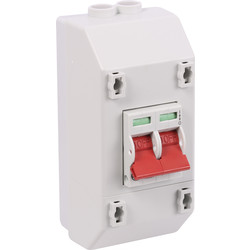I have always wondered how electricians work with live wires when changing consumer units? Presumably you don't pull the main fuse that belongs to the network and so have to connect live incoming wires? Do you wear thick rubber boots?
I should point out I am just curious, I have no plans to change a CU myself! Would always hire a professional.
I should point out I am just curious, I have no plans to change a CU myself! Would always hire a professional.



